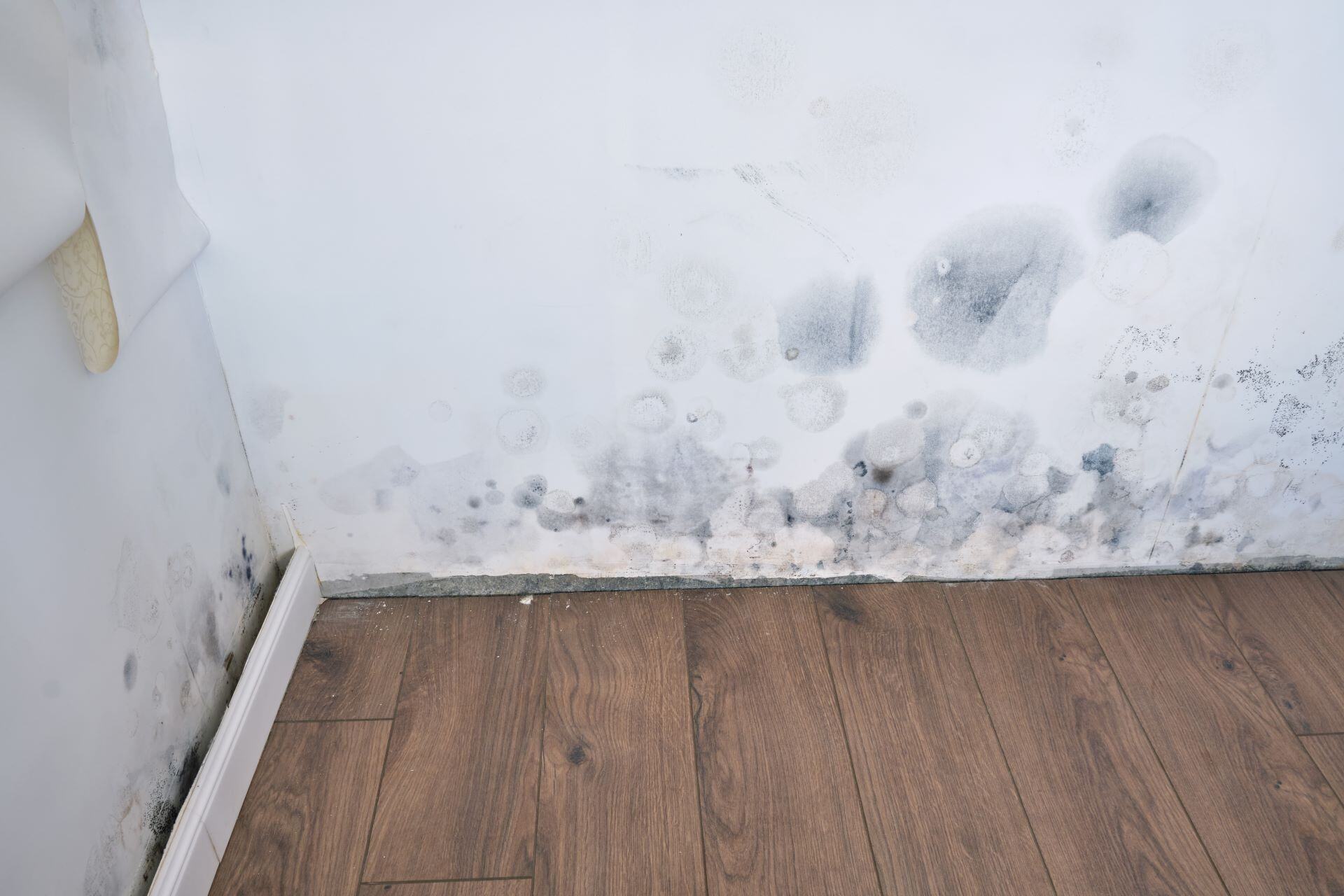Identifying and Treating Mold Toxicity in Your Living Environment
Understanding Mold Toxicity and Its Symptoms
Mold toxicity happens when you are exposed to mold spores over a long period. These spores release toxic substances known as mycotoxins, which can enter your body through inhalation, skin contact, or contaminated food. Symptoms of mold toxicity can vary widely and may affect different systems of the body.Common Symptoms of Mold Toxicity:
1. Chronic Fatigue: Feeling tired all the time, regardless of how much rest you get.
2. Respiratory Issues: Coughing, wheezing, and shortness of breath.
3. Sinus Problems: Frequent sinus infections, congestion, and runny nose.
4. Headaches: Persistent headaches or migraines.
5. Skin Irritation: Rashes or itching without any apparent cause.
6. Cognitive Issues: Difficulty concentrating, memory loss, and brain fog.
Common Sources of Mold in Your Home
Mold thrives in environments that are damp, dark, and poorly ventilated. Knowing where mold commonly grows in your home can help you take preventive measures to keep it under control.Frequent Mold Hotspots:
1. Bathrooms: High humidity levels make bathrooms a favorite spot for mold.
2. Basements: Damp and poorly ventilated basements are prime locations for mold growth.
3. Kitchens: Leaky faucets and sinks can contribute to mold formation.
4. Attics: Poor insulation and roof leaks can create a breeding ground for mold.
5. Laundry Rooms: The combination of damp clothing and steam from dryers promotes mold.
Besides these common areas, mold can grow in places you may not expect, like behind wallpapers, under carpets, or inside HVAC systems. To prevent mold, make sure to fix any leaks and maintain good ventilation throughout your home. Regular inspections and cleaning are crucial for keeping mold at bay. Being aware of mold's favorite hiding spots allows you to take the necessary steps to eliminate it, making your living environment safer and healthier. Combining vigilant home maintenance with expert medical advice can greatly improve your quality of life.
Effective Methods to Test for Mold
Testing for mold is a crucial step in identifying its presence in your home. There are several methods available and knowing which one to use depends on your specific situation. Mold testing can help you understand the type of mold present and the extent of contamination.
1. Visual Inspection: The simplest method. Look for visible signs of mold. Common indicators include black, green, or white spots in damp areas.
2. Air Sampling: This method tests the air for mold spores. Air samples are taken from different areas of your home and then analyzed in a lab.
3. Surface Testing: Swabs or tape lifts are used to collect samples from suspicious surfaces. These samples are then examined under a microscope.
4. Bulk Testing: Pieces of material from your home (like drywall or insulation) are taken to the lab for analysis. This method helps in identifying how deeply the mold has penetrated.
5. Moisture Meters: These devices measure the moisture levels in your walls and floors. High moisture can indicate a hidden mold problem. Choosing the right method for mold testing can give you a clear picture of any mold issues affecting your health.
Best Practices for Mold Remediation and Prevention
Removing mold from your home and preventing it from coming back involves a few key steps. Proper mold remediation ensures that you eliminate the problem effectively, making your home a safer place to live.
1. Identify and Fix Leaks: Addressing leaks is crucial to prevent mold growth. Fix any leaks in your roof, walls, or plumbing immediately.
2. Improve Ventilation: Use exhaust fans in bathrooms and kitchens to reduce humidity levels. Ensure that your home is well-ventilated to keep moisture at bay.
3. Use Mold-Resistant Products: When renovating or repairing your home, opt for mold-resistant drywall and paint.
4. Clean and Disinfect: Use mold-killing cleaning products to scrub away mold on hard surfaces. Make sure to dry the area completely after cleaning.
5. Monitor Humidity Levels: Keep indoor humidity levels between 30% and 50%. Use a dehumidifier if necessary, especially in damp areas like basements. Consistently following these practices can significantly reduce the chances of mold reappearing in your home.



